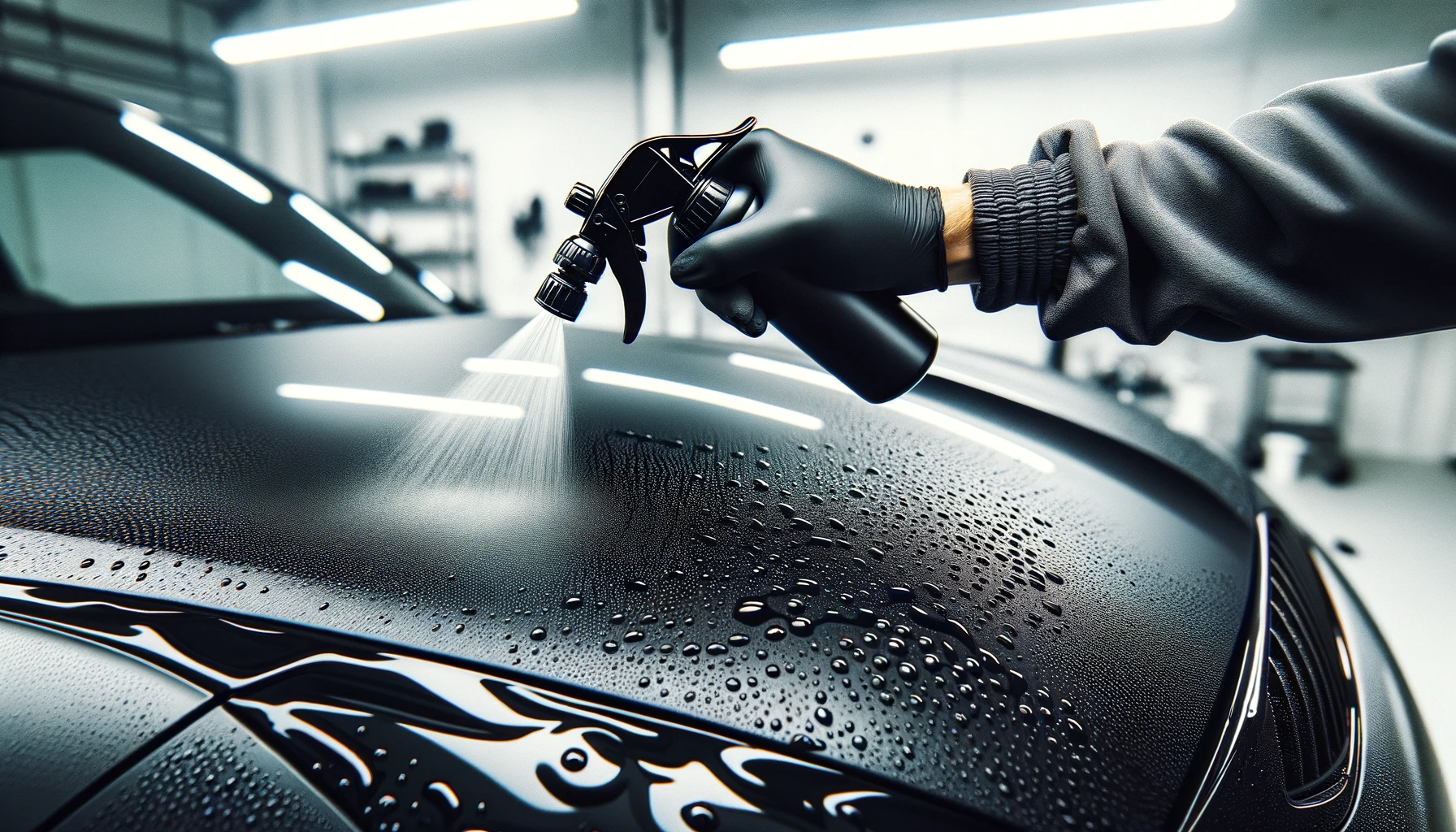A Step-by-Step Guide
Protecting your vehicle with Paint Protection Film (PPF) is an excellent way to ensure it remains in pristine condition, safeguarding the paint from scratches, chips, and environmental contaminants. The installation process is detailed and requires precision for optimal results. This guide is designed for professional installers looking to refine their skills and for vehicle owners interested in understanding the meticulous process involved.

Thorough Cleaning: Preparing the Surface
The first and most crucial step is to thoroughly clean the vehicle's surface. This involves a detailed wash to remove all dirt, dust, and contaminants from the exterior. Special attention should be paid to edges, crevices, and areas where the film will be applied. Using a clay bar can further ensure that the surface is impeccably clean by removing microscopic particles that a regular wash may not. A clean surface guarantees that the PPF will adhere correctly without imperfections.

Precision Cutting: Custom Fit for Every Vehicle
Once the vehicle is clean, the next step is to measure and cut the PPF to fit each part of the vehicle accurately. Modern installation processes often utilize computer-cut patterns that are specific to the vehicle's make and model, ensuring a precise fit. This step requires a steady hand and a keen eye for detail to avoid excess waste and to ensure the film covers every intended part without leaving vulnerable areas exposed.

Applying the Solution: Ensuring Perfect Adhesion
Before applying the film, a special application solution must be sprayed onto the vehicle's surface. This solution facilitates the positioning of the film and helps in eliminating air bubbles during application. The solution is also applied to the adhesive side of the film, making it more pliable and easier to work with. The correct mixture of the solution is critical to ensure the film's perfect adhesion to the vehicle surface.

Film Application: Careful and Precise
Applying the PPF is a delicate process that requires patience and precision. The installer will position the film on the vehicle, starting from one end and gradually working their way to the other, ensuring the film is perfectly aligned. This step may require multiple adjustments to position the film correctly without any misalignments or creases.

Squeegeeing: Removing Bubbles and Creases
Once the film is in position, a squeegee is used to smooth out the film and remove any air bubbles or creases. This process requires a gentle yet firm hand to ensure that the film adheres smoothly to the surface without damaging the film or the paint underneath. Working from the center outwards ensures that any trapped air is expelled to the edges.

Final Touches: Drying and Detailed Inspection
The final step involves drying the film and inspecting the application for any imperfections. Heat guns may be used to help the film cure and adhere to the vehicle's contours, especially around curves and edges. A thorough inspection is conducted to ensure there are no air bubbles, creases, or areas that have not adhered properly. Any necessary corrections are made at this stage. This detailed installation process, when done correctly, results in a virtually invisible protective layer that shields the vehicle's paint from the elements and everyday wear and tear, maintaining the vehicle's aesthetic appeal and resale value.
A Crucial Tip for Vehicle Protection
When it comes to applying Paint Protection Film (PPF), precision and expertise aren’t just beneficial—they’re essential. Opting for professional installation is not just a recommendation; it’s a necessity for ensuring your vehicle receives the best possible care. The risks associated with DIY attempts include unsightly imperfections and compromised protection, which can detract from your vehicle’s appearance and its long-term value. We advise you to diligently select a professional with a proven track record in PPF installation. This isn’t about merely maintaining aesthetics; it’s about investing in your vehicle’s longevity and maintaining its highest value. Choose wisely, and give your vehicle the protection it deserves.

